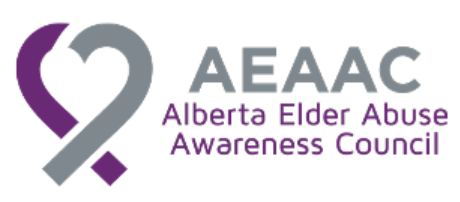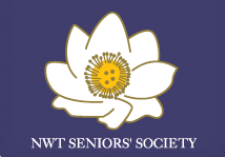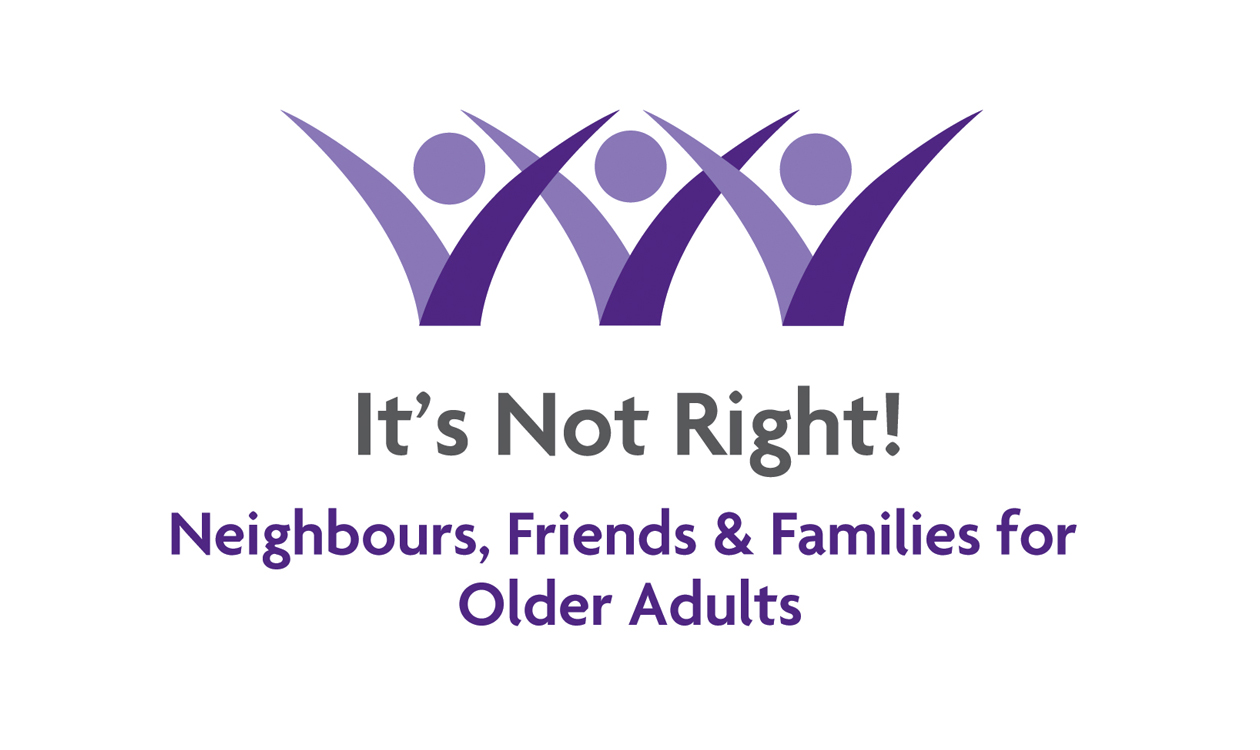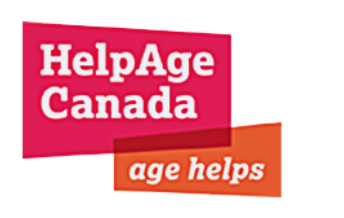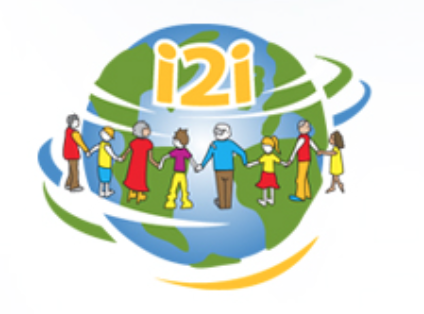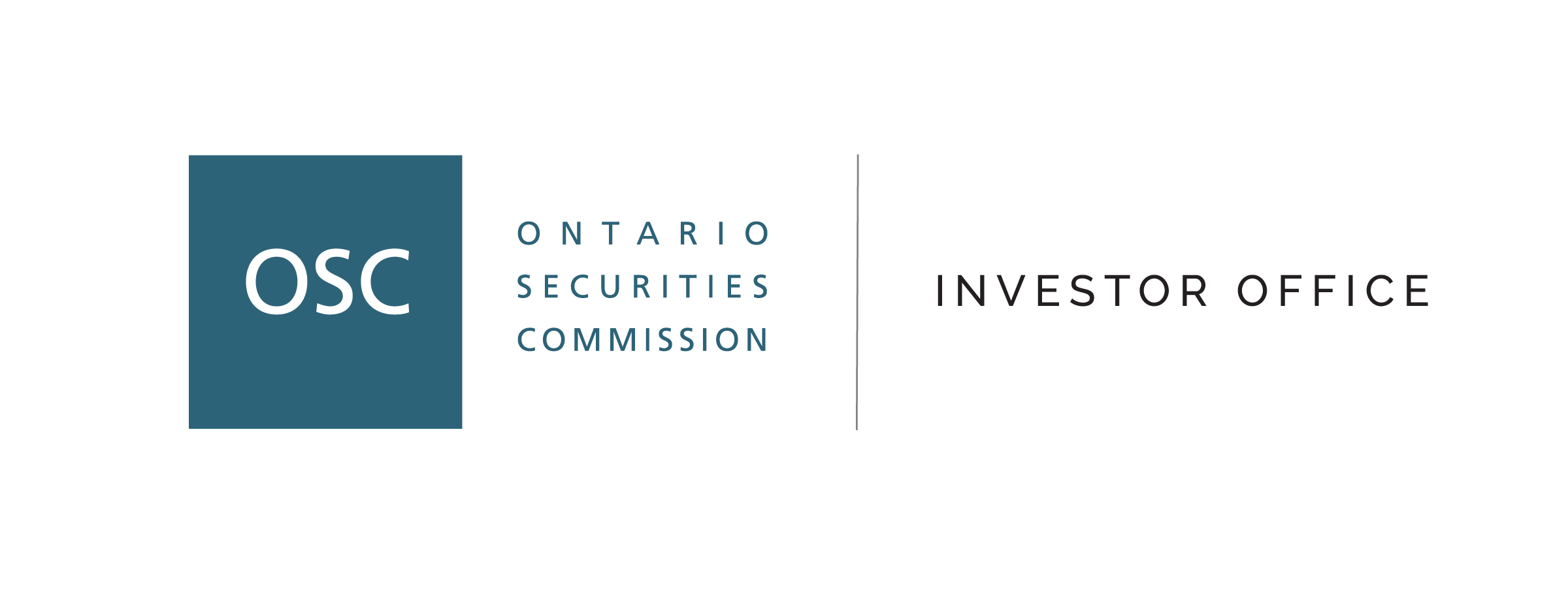- Details
- Published: 10 June 2016
- Introduce yourself to local media outlets and trade publications in your community. Let them know who you are and what you do. Build a relationship even when there is nothing to talk about so when a story does come up you already have an established rapport.
- Be ready before the call from the press comes in. Prepare common Q&A questions and a project backgrounder with 3 key points about your project.
- Don't be afraid to ask for interview questions ahead of time, select and change questions to help shape the content and get the best story out.
- Focus on the human element of elder abuse and back it up with statistics. Be able and ready to offer perspectives on the many impacts of elder abuse.
- Media loves interviews from elder abuse survivors, but these are very difficult to find and may put an elder at risk for further abuse. Alternative strategies include preparing a short fictional case study, asking an elder if they could provide an anonymous quote, identify an older adult ‘champion’ advocate of elder abuse, or consider asking a partner organization to provide a quote based on their experiences.
- Media Jack: If the media publishes an elder abuse story that sends a wrong message, contact them and ask them to comment on the case. Can be used to turn a negative elder abuse story into a call to action/ behaviour change.
- Address and redirect: don’t like the question the media is asking you? Acknowledge the question: “I can’t answer that question but what I can tell you is…” and readdress to an issue that you can talk about.
- Press releases work well when they are concrete and specific– provide statistics to back your story up and add a quote from an elder abuse survivor to make it more personable.
- Have a big press release? Work with media under an embargo and get them the story ahead of time – it is easier for the media and more likely to be published.
- Your organization should have designated media spokespeople. Also identify spokespeople from partner organizations – elder abuse is a complicated topic but you do not need to explain everything in a short media clip. Instead ask the media to also contact your partner organizations (e.g. police, OT’s, academia) to add a diversity of perspectives.
(Read Part 1: Elder Abuse Knowledge Mobilization: From “Hubs” to Headlines )
About the author:
Raissa Dickinson is the Manager of Community Engagement at the Canadian Centre for Elder Law. Her work at the Centre supports multiple initiatives pertaining to social policy, community development, legal research and reform. Raissa obtained a Masters in Public Health from the University of British Columbia in 2013 and Project Management Professional Certification in 2015. Experiences in the public health and project management range from community based research, knowledge translation, planning and policy development. Raissa has strong roots in community development and has provided support to people within the intersections of mental health, substance abuse, homelessness and violence against women.




